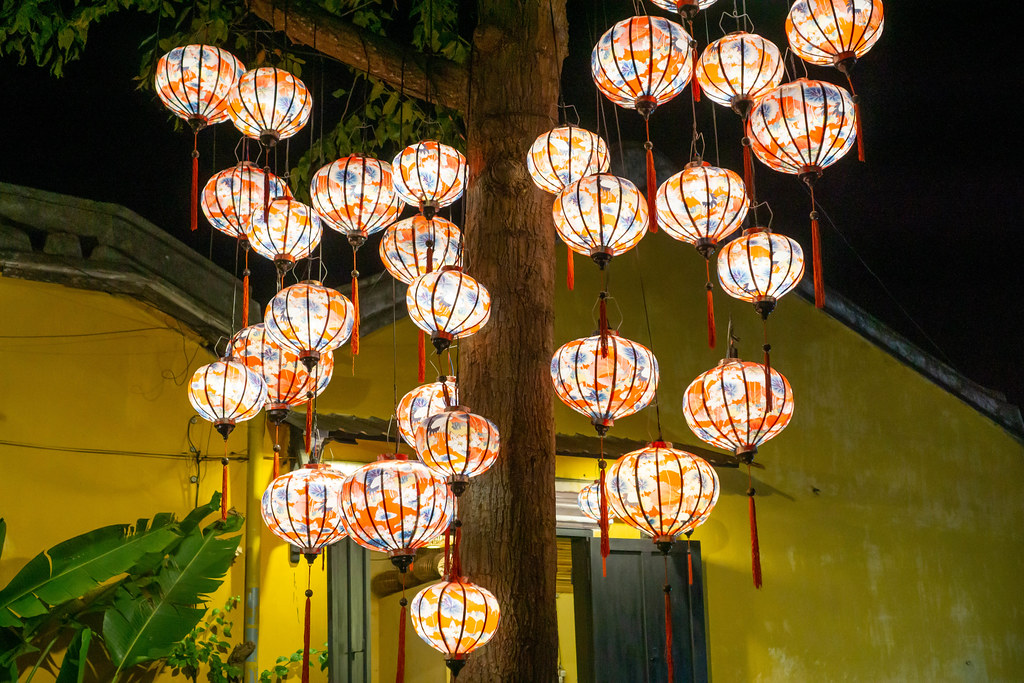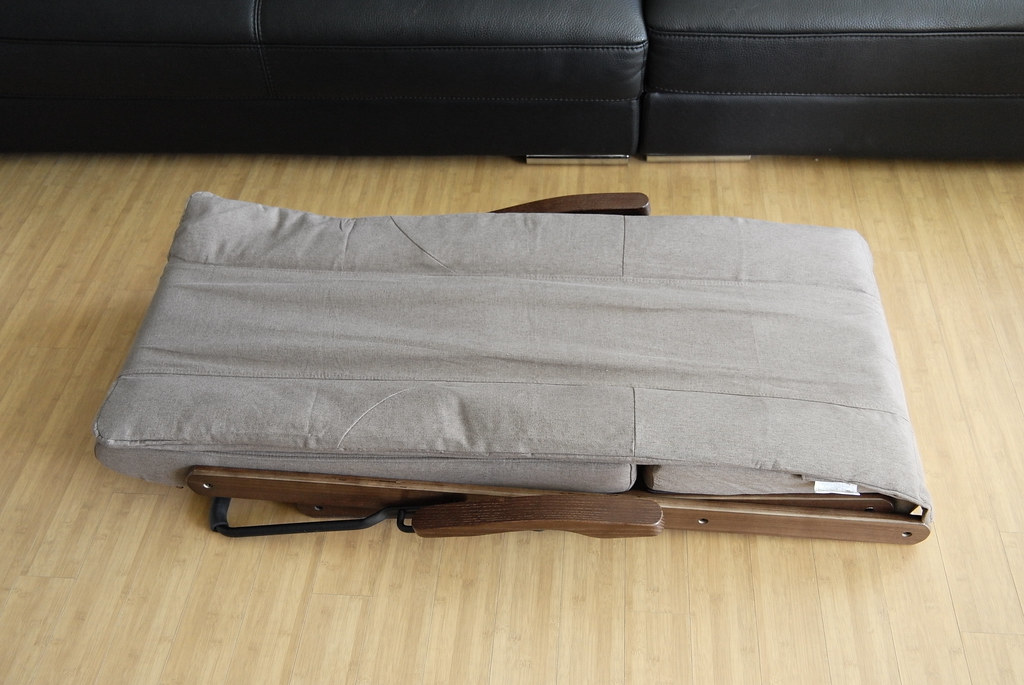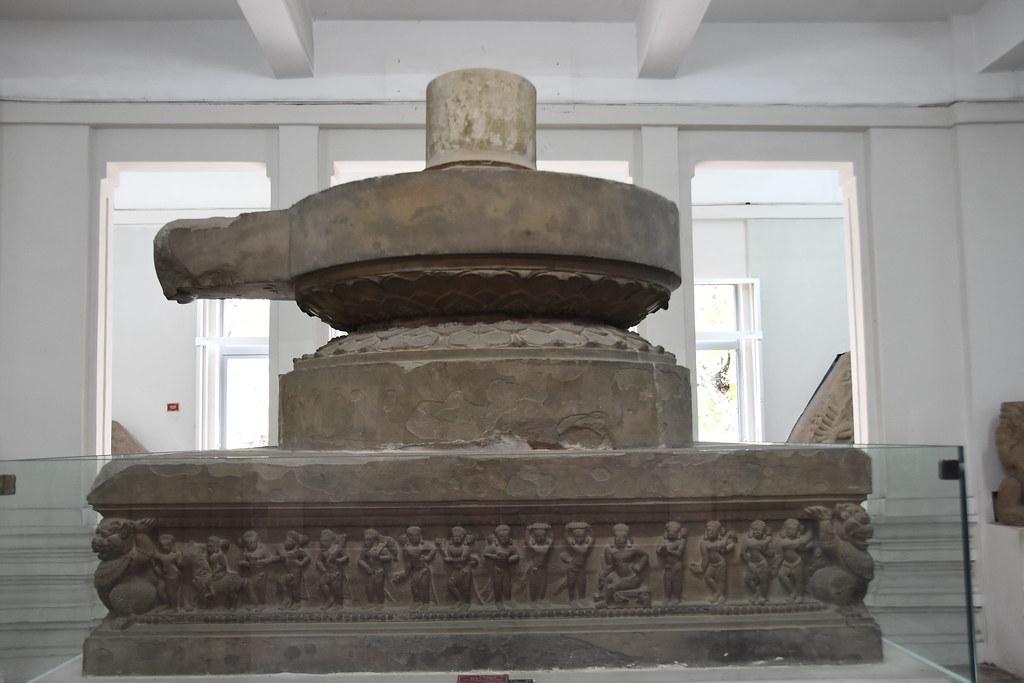Architectural Gems of Vietnam: Structures Reflecting the Country's Rich History

Vietnam is a country that boasts a rich and vibrant history, and this is beautifully reflected in its architectural wonders. From ancient temples to French colonial buildings, Vietnam's architectural gems are a testament to the country's cultural heritage and its ability to blend tradition and modernity.
One of the most iconic structures in Vietnam is the Imperial Citadel of Thang Long in Hanoi. This ancient fortress dates back to the 11th century and served as the political center of the country for centuries. With its massive stone walls and intricate architectural details, the citadel is a symbol of Vietnam's imperial past.
Another architectural treasure is the Temple of Literature, also located in Hanoi. Built in 1070, it is Vietnam's oldest university and dedicated to Confucius. The temple's layout and design are influenced by Chinese architecture, with beautiful courtyards, pavilions, and statues. It stands as a symbol of Vietnam's commitment to education and intellectual development.
As Vietnam was under French colonial rule for almost a century, there are also numerous French-inspired buildings scattered across the country. One of the finest examples is the Central Post Office in Ho Chi Minh City. Designed by Gustave Eiffel, the post office features a stunning blend of Gothic, Renaissance, and French colonial architectural styles. It is not only a working post office but also a popular tourist attraction.
In the central part of Vietnam, the town of Hoi An is renowned for its well-preserved ancient architecture. The streets of Hoi An are lined with traditional houses that showcase a blend of Chinese, Japanese, and Vietnamese architectural styles. The iconic Japanese Covered Bridge, with its distinct pagoda-like structure, is a highlight of Hoi An's architectural heritage.
On the outskirts of Hue, the imperial capital of Vietnam, lies the UNESCO-listed Complex of Hue Monuments. This sprawling complex features a collection of palaces, pagodas, and tombs that date back to the Nguyen Dynasty. The imperial city within the complex showcases unique Vietnamese architectural elements, while the royal tombs exhibit a fusion of traditional Vietnamese and Western architectural styles.
Vietnam's architectural gems reflect its tumultuous history and diverse cultural influences. They stand as a testament to the country's ability to preserve its heritage while embracing modern developments. Exploring these structures is not only a journey through Vietnam's past but also a celebration of its rich and captivating history.





